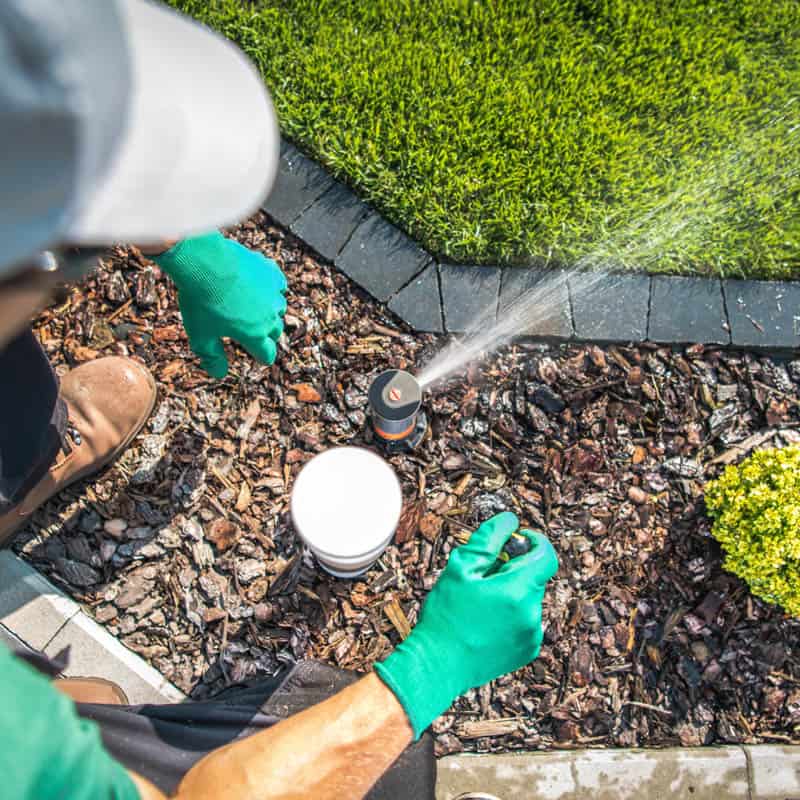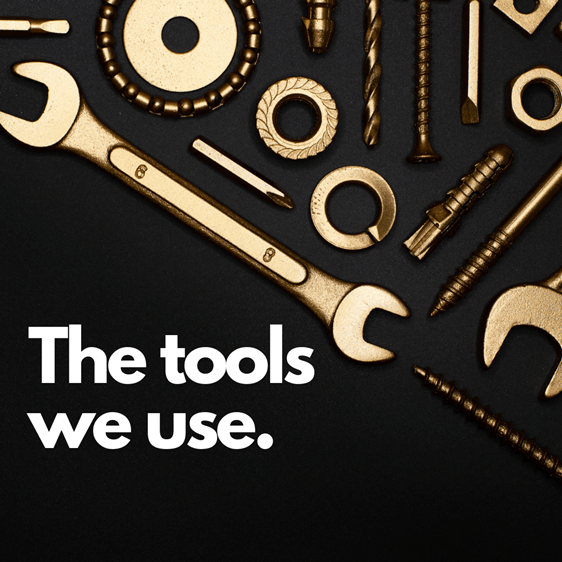(For domestic irrigation system design)
Good question
And the answer to this question will help you answer another important question, How many sprinklers can I run on a zone?
Let’s be clear, To gather pressure and flow information for irrigation design, you will need more than just a bucket and a stopwatch.
We have seen countless irrigation stores giving incorrect advice on this topic. They would tell you to go to a tap and time how long it takes to fill the bucket, then bring that data to them and they will design an irrigation system for you. This is the wrong way to take a pressure vs flow test! And points to a lack of understanding around basic irrigation design.
The reason the bucket only method is not right is it tends to measure the full flow coming out of the tap with ZERO backpressure. But if you are taking the test to design an irrigation system you will have to take the test with a head of pressure to allow for the hydraulic pressure of the irrigation system.
Rather than knowing what your tap delivers at ZERO Kpa, You need to know what it delivers at 350-400kpa. This is why you need a pressure gauge
The Pressure VS Flow Test
We recently filmed an explanation video showing a pressure Vs flow test being carried out. It was for a commercial project but the principles are the same Click Here to see the video!
You will need 3 pieces of equipment to successfully carry out a pressure VS flow test on a domestic water supply
- A bucket with marks for measuring (Minimum 40L) OR a water 25mm flow meter assembly(preferred)
- A Stopwatch
- A pressure Gauge assembly
The steps
- Connect the flow meter assembly or the pressure gauge (If you are using a bucket)to the garden tap closest to the point you plan to connect the irrigation system too.
- Turn the tap on full
- Turn off the gate/ball valve downstream of the pressure gauge
- Record the STATIC PRESSURE (this is the full pressure with no flow)
- Open the gate/ball valve downstream of the pressure gauge until it reads 450kpa
- Get your stopwatch and set for 1 minute and measure the flow that comes out of the tap at 450KPA (Measure with flow meter or bucket)
- Record your results as XX Litres per minute at 450kpa
- Repeat steps 5 to 7 at 400kpa, 350 kpa and 300 kpa recording your results
You now have the important flow and pressure information that is required to successfully design an irrigation system.
If you are planning the design or installation of an irrigation system, we can help by providing pressure and flow test kit that you can borrow. Taking accurate pressure and flow readings will not only ensure your irrigation system performs at peak efficiency it could potentially save you thousands of dollars in savings, By designing accurately rather than over-engineering you will require fewer components. So it is worth the 15 – 20minutes worth of work in performing the pressure VS flow test.



